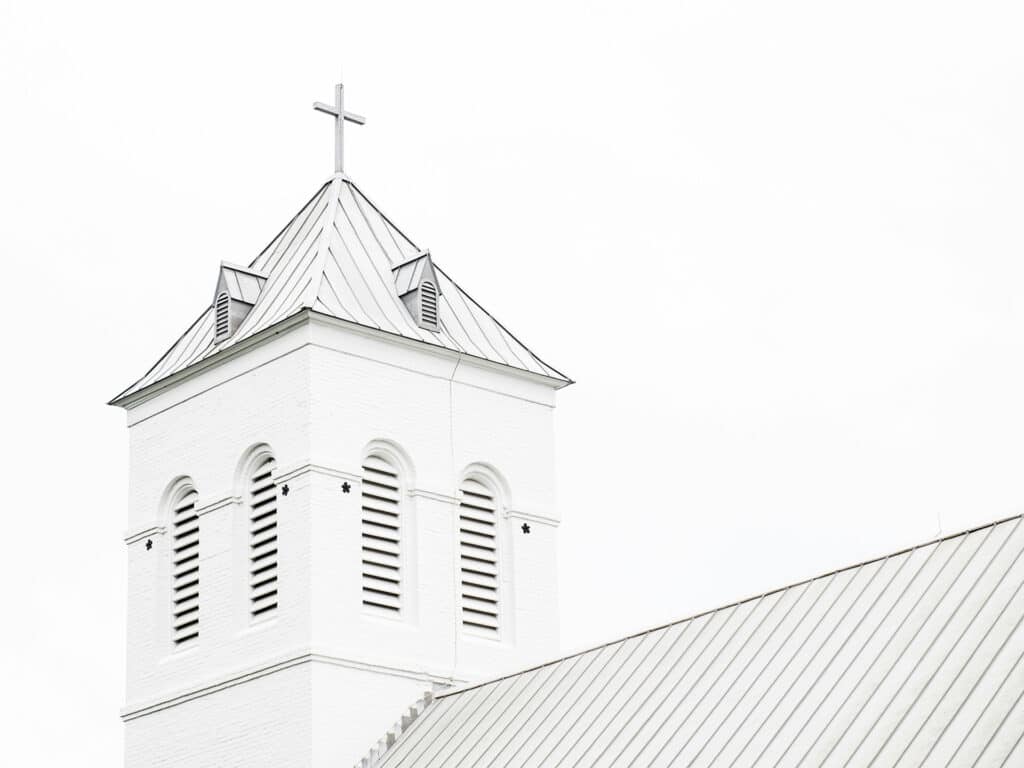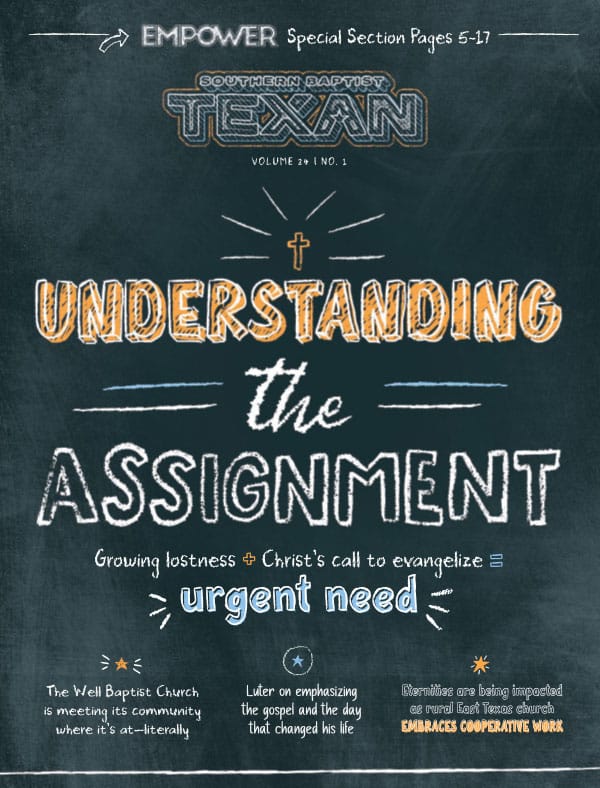DALLAS—The congregation of First Baptist Church, Dallas, has taken in stride its debut as a featured target in the January release of the Islamic State’s (ISIS) official online terror magazine.
During the Christmas holidays and in the days immediately following, ISIS called attention to non-Muslim churches. On Dec. 21, ISIS published a list of thousands of United States churches’ names and addresses, calling for attacks on them during the holiday season. On Dec. 23, prompted by the ISIS release, the Department of Homeland Security (DHS) released to law enforcement agencies nationwide a joint bulletin with the Federal Bureau of Investigations (FBI).
The bulletin was issued, officials are reported as saying, “out of an abundance of caution.” No specific, credible, planned threats were known, but the published list called for vigilance. The bulletin said that ISIS continues, “aspirational calls for attacks on holiday gatherings, including targeting churches.” On January 6, ISIS publicly released the 5th and latest edition of its Rumiyah magazine. With that release, it continued its targeting of U.S. churches past the holiday season.
The Baptist New Mexican obtained copies of the ISIS magazine from the FBI and from the Middle East Media Research Institute. In general, its content propagates radical Muslim theology and promotes and glorifies killing and carnage of defiant non-Muslims. First Baptist, Dallas is specifically mentioned in an article titled “Just Terror Tactics.” The article is part three in a series by the same name. The first two installments of the series encouraged and described knife attacks and attacks using trucks. The third article outlines how to make Molotov cocktails, how to use them and how to select targets for fires.
According to the article picturing the church, “This information will assist in execution and increase the likelihood of killing or severely injuring those inside.” Just after the heading “Ideal Target Locations,” a large photo of First Baptist Church appears. The caption beneath the photo gives the church’s address and says, “A popular Crusader gathering place waiting to be burned down.”
In an interview with the New Mexican, First Baptist Church’s pastor, Robert Jeffress, said that he was amazed at how his church had received the news about the magazine. “It has really had no impact,” he said. He described how the church had continued peacefully with its ministries. But, the church did contact DHS, the FBI, and local law enforcement immediately after receiving the report.
Jeffress said the church has not changed any precautions or procedures because the church had already implemented security measures “to make sure our congregants are safe.” The church also encourages its members to be vigilant and encourages other churches to take precautions, as well.
Unofficially, one federal official said that the lack of any specific known threat makes the magazine appearance and the publication of the church list less of a concern. He encouraged general vigilance, just like First Baptist encouraged.
To help churches generally prepare for emergencies, the Federal Emergency Management Agency (FEMA) created the “Guide for Developing High-Quality Emergency Operations Plans for Houses of Worship.” The detailed guide walks through emergency response concepts, structuring a response plan and team, and implementing an emergency readiness plan.
In the guide, FEMA categorizes emergencies a church can face as caused by natural hazards, technological hazards, or adversarial and human-caused threats. Terroristic threats fall into the last category. The guide suggests preparations for other emergencies because they are more likely to occur. Key factors in assessing risks for planning purposes are the probability of a risk and the likely magnitude of the risk, should it occur, the guide says.
The ultimate goal of emergency planning, according to the guide is the successful prevention of and recovery from emergencies.
DHS has prepared an additional report on “Potential Indicators, Common Vulnerabilities and Protective Measures: Houses of Worship,” which emergency planning teams may want to review in drafting emergency operations plans. Both documents are available as online downloads via a simple Internet search for their titles.
Jeffress said he has shared with his Dallas congregation that the Bible says, “God did not give us a spirit of fear” (2 Timothy 1:7). He said, “If we give in to fear, ISIS wins; and, worse, Satan wins.” In the meantime, no one can take a backpack inside the church. Jeffress feels that the lack of attention by mainstream media to the church’s appearance in the magazine indicates that the threat is not yet specific or credible.
Kevin Parker is the editor of the Baptist New Mexican news journal for the Baptist Convention of New Mexico. This article first appeared on the Baptist New Mexican website.














